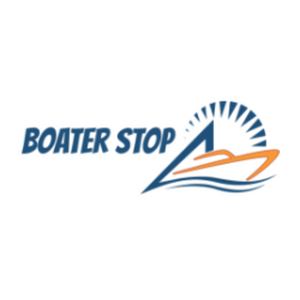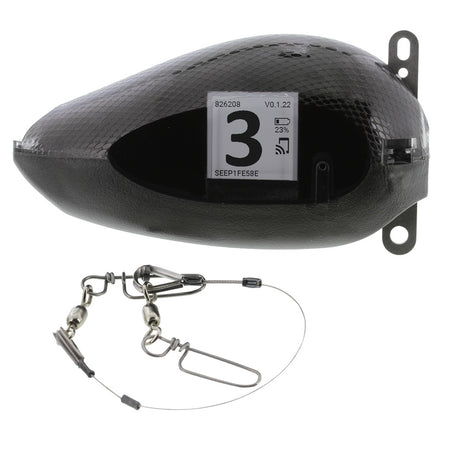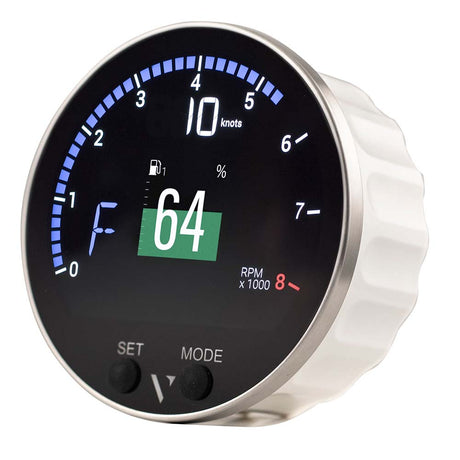The vastness of the open ocean beckons boating enthusiasts, promising adventures and breathtaking views. However, navigating these waters demands not only skill and experience but also a deep understanding of the intricate instrumentation that ensures a safe and seamless boating experience. In this comprehensive guide, we will delve into the world of marine gauges, essential tools that provide crucial insights into a boat's performance.
Marine Gauge
From fuel gauges to advanced GPS units, we will explore each type of gauge, its function, importance, and offer tips for effective usage.
1. Fuel Gauges: Monitoring the Lifeline of Your Boat
Function:
Fuel gauges serve a fundamental purpose – they measure the amount of fuel in the boat's tank.
Importance:
The importance of a fuel gauge cannot be overstated. Running out of fuel in the middle of the ocean is not only inconvenient but potentially dangerous. Fuel gauges allow captains to plan their journeys effectively, ensuring they have enough fuel for the intended route.
Tips for Usage:
Regularly check the accuracy of the fuel gauge before embarking on a trip. Consider investing in additional fuel monitoring systems for redundancy.
2. Speedometers: Maintaining the Right Pace
Function:
Speedometers measure the boat's speed through the water, providing real-time information to the captain.
Importance:
Maintaining a safe and legal speed is paramount for boating safety. Speedometers assist in adhering to speed limits in specific zones, optimizing fuel efficiency, and planning travel time accurately.
Tips for Usage:
Calibrate the speedometer regularly to ensure accurate readings. Familiarize yourself with the speed limits in different waterways.
3. Tachometers: Keeping Engines in Check
Function:
Tachometers measure the engine's revolutions per minute (RPM), offering insights into its performance.
Importance:
Monitoring RPM is crucial for optimizing fuel consumption, identifying potential mechanical issues, and scheduling maintenance before problems escalate.
Tips for Usage:
Learn the recommended RPM range for your engine and pay attention to deviations. Address unusual RPM readings promptly.
4. Temperature Gauges: Preventing Overheating Woes
Function:
Temperature gauges monitor the engine's temperature.
Importance:
Preventing engine overheating is vital for engine health. Temperature gauges allow captains to take corrective action before irreversible damage occurs.
Tips for Usage:
Regularly inspect the cooling system, and if the temperature exceeds normal levels, investigate and address the issue immediately.
5. Oil Pressure Gauges: Lubricating the Heart of the Boat
Function:
Oil pressure gauges measure the oil pressure within the engine.
Importance:
Monitoring oil pressure ensures the engine's lubrication system is functioning correctly, preventing potential damage due to low oil pressure.
Tips for Usage:
Understand the normal oil pressure range for your engine. Low oil pressure readings should be investigated promptly.
6. Voltmeters: Powering Your Onboard World
Function:
Voltmeters measure the voltage of the boat's electrical system.
Importance:
Ensuring proper voltage is crucial for the functioning of onboard electronics and charging systems.
Tips for Usage:
Regularly check the battery and charging system. Low voltage readings may indicate issues that need attention.
7. Trim Gauges: Optimizing Performance
Function:
Trim gauges indicate the tilt of the boat's outboard motor.
Importance:
Proper trim adjustment enhances the boat's performance, fuel efficiency, and steering.
Tips for Usage:
Experiment with different trim settings to find the optimal configuration for your boat.
8. Depth Sounders/Fish Finders: Peering Beneath the Surface
Function:
Depth sounders measure water depth, while fish finders identify underwater structures.
Importance:
Essential for safe navigation in shallow waters and aiding anglers in locating fish and underwater features.
Tips for Usage:
Learn to interpret the readings and understand the limitations of these systems in different water conditions.
9. Compass: Navigating True North
Function:
Compasses provide directional orientation.
Importance:
A fundamental navigation tool, especially in areas with poor GPS signal or as a backup navigation method.
Tips for Usage:
Regularly check the compass for accuracy and compensate for deviations caused by nearby magnetic influences.
10. GPS Units: Precision Navigation in the Palm of Your Hand
Function:
GPS units provide accurate positioning and navigation information.
Importance:
Crucial for precise navigation, marking waypoints, and tracking routes. Enhances safety by providing real-time location data.
Tips for Usage:
Keep GPS units updated with the latest maps and firmware. Familiarize yourself with the device's features for optimal use.
Tips for Using Marine Gauges Effectively
1. Regular Inspection:
Before each trip, visually inspect gauges for physical damage and ensure the needles are responsive. Identifying issues early prevents potential malfunctions during the journey.
2. Understanding Baselines:
Learn the normal operating ranges for each gauge under typical conditions. Recognizing deviations from baseline values helps in the early detection of problems.
3. Proactive Maintenance:
Address any irregularities or malfunctions promptly, and adhere to recommended maintenance schedules. Prevents minor issues from escalating into major problems, ensuring reliable performance.
4. Calibration:
Follow the manufacturer's guidelines for calibrating gauges regularly. Maintains the accuracy of readings, ensuring reliable information for decision-making.
5. Backup Systems:
Consider redundant systems or backup gauges for critical functions. Provides a fallback in case of primary gauge failure, enhancing safety and reliability.
6. User Manuals:
Refer to the boat's and gauge manufacturer's manuals for proper usage, calibration procedures, and troubleshooting steps. Ensures correct operation and facilitates effective troubleshooting.
Technical Support and Troubleshooting
1. Manufacturer Support:
Contact the gauge manufacturer for technical assistance, including guidance on calibration and troubleshooting. Access to expert advice specific to the gauge model ensures accurate information and solutions.
2. Professional Inspection:
If in doubt or if issues persist, consult with a marine technician for a comprehensive inspection. Professional expertise can identify underlying problems and ensure proper resolution, minimizing the risk of breakdowns.
Conclusion
In the intricate world of marine gauges, knowledge is the captain's greatest ally. Regular inspection, proactive maintenance, and a deep understanding of each gauge's function contribute to a safe and enjoyable boating experience. Whether you're cruising through open waters or navigating close to the shore, a well-maintained and properly monitored set of gauges ensures you sail confidently, embracing the beauty and challenges of the vast ocean.


























